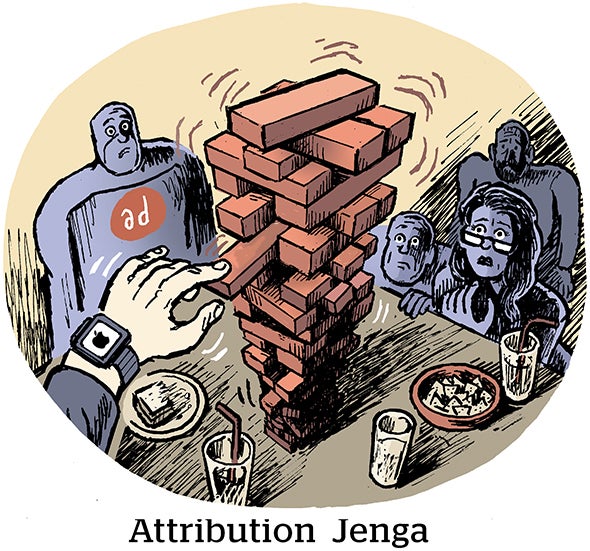Is your marketing plan built on efficiency? Is every tactic well-timed with a projected positive return? Are the coupon values optimized to maximize redemption while minimizing exposure? Are you using a fair mix of ActMedia, Valassis, Catalina, Sunflower, and even U-pons? Are your CPMs calibrated to your GRPs across media vehicles?
This is the classical and conventional approach to marketing. It calls for you to extract productivity out of the commodity resources available to you. The thing is, it’s not good enough.
It’s not good enough because of the law of diminishing returns. You can only push your working-to-non-working dollar ratio so far. You can only get so much blood from the turnip.
So how do we beat this dismal lot?
I’d like to call on two of my heroes for a bit of wisdom: Paul Romer, a 43-year-old Stanford economics professor, and William of Ockham, a 12th century monk. Both are marketing geniuses in their own right.
Professor Romer’s basic premise goes something like this: With increasing knowledge and expanding creativity, returns can actually improve rather than decline. And those improvements should continue improving as we get smarter and more creative.
The professor’s a champion of growth. In other words, don’t settle for the standard CPG decay curve. There’s more information out there, so there’s more knowledge to learn, so we’ll get better at what we’re doing, and better at discovering new things, and there really will be no limit to the number of things we can do better and/or discover.
This is motivating to us marketers. We don’t have to settle for numbers printed in red or set inside parentheses. Romer’s work is pretty easy to see in the world of advertising. Ad agencies never ever run out of ideas to turn into commercials. (Although some ideas are better than others.)
Rut Busting
But what about promotion? Are we stuck in the rut of diminishing returns? It seems like it — the number of coupons distributed has gone up (from 280 billion 10 years ago to 290 billion last year) while redemptions and redemption rates have declined (from 7.3 billion and 2.6 percent to 4.6 billion and 1.6 percent last year). And the dollars spent on trade promotion have consistently gone up, so that trade promotion now is the largest part of most marketing budgets. But 90 percent of marketers believe trade promotion is inefficient; more specifically, only 19 percent say that temporary price reductions generate incremental profitable volume.
Where are the knowledge and wisdom and ideas in promotion? Enter William of Ockham, who espoused that knowledge comes from experience and from self-evident truths. Importantly, he developed the principle, called Ockham’s Razor, which basically says that entities should not be multiplied beyond what is necessary.
In short: Keep it simple, stupid! State everything in the simplest terms possible. Boil it down to its essence.
Einstein said something similar: “Keep things as simple as possible, but no simpler.” But how often do we construct linked Excel workbooks with three-dimensional analytics? Or how seldom do we state the objective simply as “attract three million new users and retain half of them?”
So, to combine Romer’s thinking with William’s, we can postulate several promotion theorems. Try these out and see what you think:
-
State the business objective as simply as possible and the promotion objective as a direct subset, and make them both quantifiable.
-
Pick either (a) attracting X more users or (b) getting X current users to use more as the promotion objective.
-
Gather as much knowledge about promotion as you gather about advertising — consumer insights, trends, competitive activity.
-
Throw away all of the tactics and focus on ideas; what ideas will deliver the objective?
-
Torture the ideas with Ockham’s Razor; shave them down to their barest essence and see which one you think will cause the greatest upside impact.
-
Always, always concentrate on the upside rather than building in the self-fulfilling downside.
If we can do these things, we can make promotions more strategic, more creative, more brand-enhancing, and more valuable, with much higher ROIs. Promotions can deliver increasing returns as we get smarter and more idea-driven. Promotions can create as much impact as advertising.
I look at it this way: Procter & Gamble’s Olay has resources of 10 and creativity of 2 (in overly simplistic quantitative terms). Unilever’s Ponds has resources of 8 and creativity of 1. Little Andrew Jergens has resources in the U.S. of only 5, but creativity of 4 (look at Biore). The ability to compete is related to available resources, and to how those resources are creatively applied — that is, via ideas.
Jim Holbrook practices laissez-faire economics and existential philosophy at Zipatoni. Reach him at jim@zipatoni.com.



